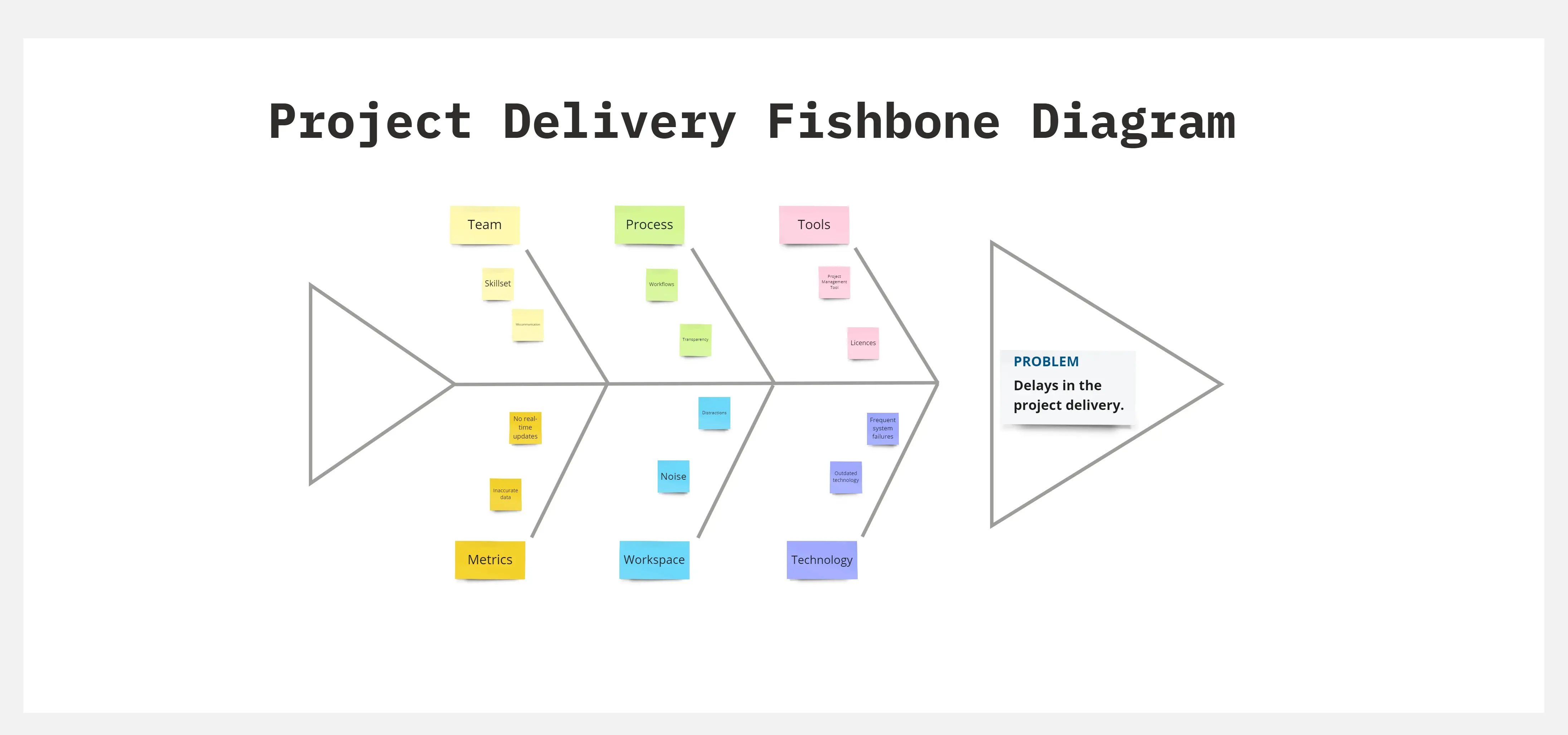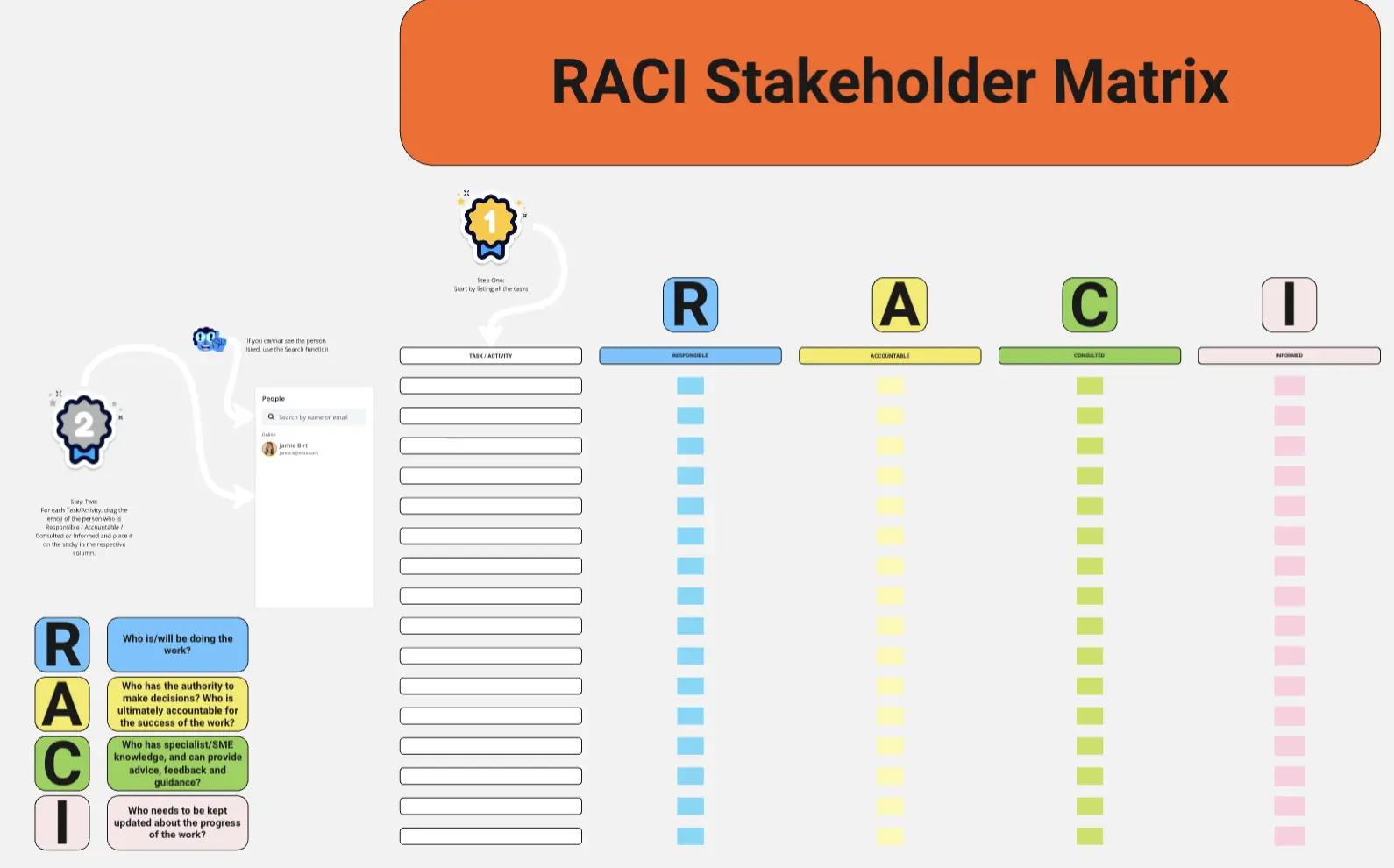A Simple Guide to Requirements Prioritization Using the MoSCoW Method
In the world of project management and product development, effective requirements prioritization is crucial for delivering successful outcomes. One of the most popular techniques for prioritizing requirements is the MoSCoW method. This straightforward framework helps teams categorize their requirements based on urgency and importance, enabling them to focus on what truly matters. In this guide, we’ll explore the MoSCoW method, its categories, and how to implement it effectively.
Understanding MoSCoW
The term MoSCoW is an acronym that stands for:
- Must have
- Should have
- Could have
- Won’t have this time
Each category has a specific meaning and helps in distinguishing the criticality of requirements.
- These are non-negotiable requirements that are essential for the project's success. Without these, the project cannot be considered complete or functional. Must-haves often relate to compliance, safety, and critical business needs.
- Example: For a banking app, a secure login feature is a must-have to ensure user safety and regulatory compliance.
- These requirements are important but not critical. They add significant value and improve functionality, but the project can still succeed without them. Should-haves are typically prioritized for inclusion if time and resources allow.
- Example: In the same banking app, a budget tracking feature would be a should-have, enhancing user experience without being essential for operation.
- These are nice-to-have features that can improve user satisfaction but are not vital to the project's success. Including could-haves can enhance the product’s appeal and usability but can be deprioritized if time or resources are limited.
- Example: Adding a customizable theme for the banking app might be a could-have, as it adds a personal touch without affecting core functionalities.
- These requirements are acknowledged but decided against for the current project phase. They may be revisited in future iterations or releases. This category helps manage stakeholder expectations and focus on the most pressing needs.
- Example: An advanced investment analysis tool might be a won’t-have in the initial version of the banking app but can be considered for future updates.
Benefits of Using MoSCoW
Clarity: The MoSCoW method provides clear criteria for prioritization, reducing ambiguity and misunderstandings among team members and stakeholders.
Focus: By categorizing requirements, teams can concentrate on delivering essential features first, ensuring that the project aligns with business goals.
Flexibility: The framework allows for adjustments in priorities as project conditions change, helping teams remain agile.
Stakeholder Engagement: Involving stakeholders in the prioritization process fosters collaboration and helps ensure that their needs and expectations are met.
Implementing MoSCoW
To effectively implement the MoSCoW method, follow these steps:
- Begin by collecting all potential requirements from stakeholders, users, and team members. Ensure that each requirement is well-defined and understood.
- Organize a workshop with key stakeholders to discuss and categorize each requirement. Encourage open dialogue to assess the importance and urgency of each item.
- As a group, assign each requirement to one of the MoSCoW categories. Ensure that everyone understands the rationale behind each classification.
- Once categorized, review the prioritization periodically. Be open to adjustments based on new insights, changing business needs, or technical constraints.
- Clearly document the prioritized list and share it with all stakeholders. This transparency helps manage expectations and ensures everyone is on the same page.
The MoSCoW method is a powerful tool for prioritizing requirements in any project. By categorizing features into must-haves, should-haves, could-haves, and won’t-haves, teams can ensure they focus on delivering the most critical functionalities first. Implementing this framework effectively not only enhances project outcomes but also fosters collaboration and clarity among stakeholders. Whether you’re working on a software project, a marketing campaign, or any other initiative, MoSCoW can guide your prioritization efforts, leading to successful and timely deliveries.
Categories
Similar templates
Project Delivery Fishbone Diagram
RACI Stakeholder Matrix
MoSCoW Matrix Template

MoSCoW Matrix Template
Keeping track of your priorities is a big challenge on big projects, especially when there are lots of deliverables. The MoSCoW method is designed to help you do it. This powerful technique is built on a matrix model divided into four segments: Must Have, Should Have, Could Have, and Won’t Have (which together give MoSCoW its name). Beyond helping you assess and track your priorities, this approach is also helpful for presenting business needs to an audience and collaborating on deliverables with a group of stakeholders.
Project Delivery Fishbone Diagram
RACI Stakeholder Matrix
MoSCoW Matrix Template

MoSCoW Matrix Template
Keeping track of your priorities is a big challenge on big projects, especially when there are lots of deliverables. The MoSCoW method is designed to help you do it. This powerful technique is built on a matrix model divided into four segments: Must Have, Should Have, Could Have, and Won’t Have (which together give MoSCoW its name). Beyond helping you assess and track your priorities, this approach is also helpful for presenting business needs to an audience and collaborating on deliverables with a group of stakeholders.


